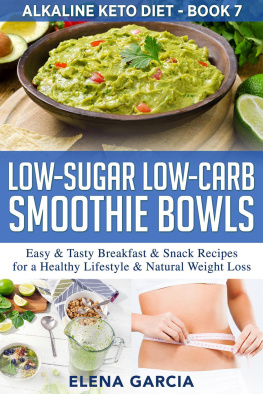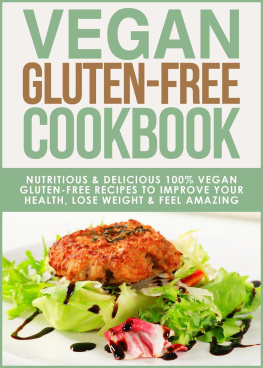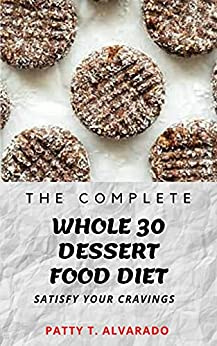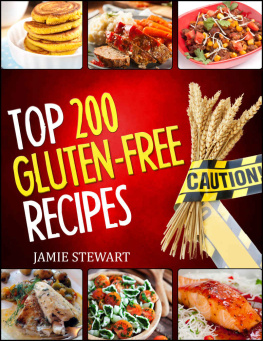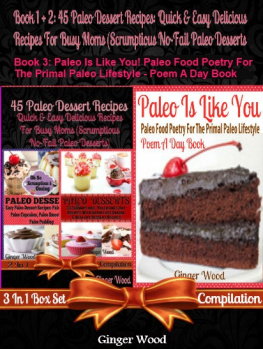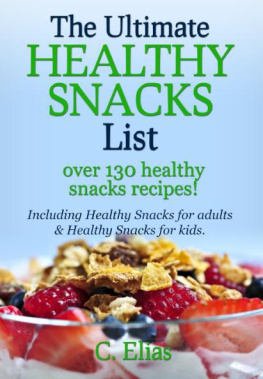PASTILA
Organic Miracle, Year-Round Healthy Snack, Low-Calorie Dessert, and Maybe the First Step to Your Own Business.
105 Recipes
Elena Frolova
Table of Contents
Introduction
Dear Reader, thanks for downloading this book! Im going to tell you about the most Slavic dessert. I am sure that you will like it because its healthy, tasty, can be enjoyed year-round, and it has a very long shelf life although its unlikely that you will ever need to know about its shelf life because it will be eaten very quickly, especially if you have children.
If you test a few recipes of pastila (the last syllable is stressed), and then ask your kid what pastila you should cook next, the answer you get will be a big one!
Another fantastic thing about pastila is that once you learn a few basic recipes, you can make countless delicious variations, using your familys favorite ingredients.
I grew up with pastila, but the idea of writing this book didnt occur to me until a friend of mine gave a birth to baby girl who had congenital diabetes. As her daughter grew, my friend looked for tasty, sugar-free sweets that she could safely give to her. On one of my visits with my friend, she treated me to an amazing strawberry banana pastila. It was delicious, flavorful, and absolutely sugar-free. We drank tea and savored pastila at her kitchen table, and talked about how pastila was unfairly forgotten and sadly underrated.
Our grannies and great-grandmothers made dehydrated fruit sheets in the sun, but even in these days when there is so much emphasis on healthful and organic eating, we tend to prefer to go to the store and buy pastila-like treats that contain loads of sugar and a long list of artificial ingredients.
In the modern world, with our hurry-up lifestyle, it doesnt seem to have occurred to many people to dust off our grandmothers cookbooks in order to find the real organic treasures they contain.
For a few years after tea with my friend, I was too busy with my fantasy books (Im a young-adult fiction writer) and my work abroad (I was in Alaska, guys!). I had no time for writing about pastila, but I did make good use of my time, trying loads of different recipes, and following my friends advice about ingredient combinations.
After years of experience, I decided the time is now for my first non-fiction book about pastila. You are holding in your hands the result of all of my trial and error experiments; my ultimate collection of the best fruit, berry, vegetable, and yogurt pastila recipes.
Pastila Basics and Background
You realize, if you glanced at the Table of Contents, that there are many, many variations of pastila, so you are sure to find some that you, and your family and friends, will love.
When I say that pastila is healthy, I mean more specifically that it includes all-natural combinations of ingredients, primarily fruits or vegetables depending on the recipe you are making. So pastila will fit right in to your healthy-eating plan, whether you eat all foods, and are simply looking for a new, delicious, easy-to-make treat, or whether you have dietary restrictions.
Most of the recipes on the following pages are vegetarian, vegan, and raw food friendly. They also work for those eating a Paleo diet. As you will see, most of these recipes are also gluten- free, lactose-free, and fat-free.
One of the benefits of cooking for yourself is control you know exactly what is in your food. Pastila is a great way to add more tasty fruits and vegetables to your diet, whether your goal is healthy nutrition, weight loss, or something else entirely.
As you will see, many of the recipes in this book are appropriate for those managing diabetes, or other medical conditions. They are also safe for pregnant or nursing moms.
Because pastila is simple, straightforward, and easily made with so many different ingredient combinations, it can be enjoyed by eaters of all ages. It can be given to babies greater than eight months.
Pastilas also make a great low-calorie dessert. A sweetened apple pastila like the ones you will find in the first section of this book have about 260 kcal/100 g, so you can enjoy them guilt-free if you are watching your weight.
Not only is pastila a delicious way to use large amounts of fruits and vegetables, it also doesnt require perfect-looking vegetables. Ripe, a bit overripe, mushy, with imperfections all of these are fine for pastila. I advise you to go to your local farmers market or local orchard and ask about second grade fruits and vegetables. Since they are not always pretty, they are often sold very cheaply. Pastila gives you the opportunity to buy a bunch for very little money, remove any bad bits, and turn the rest into wonderful, natural, dehydrated sheets of fruit and vegetables.
So, you dont need perfect ingredients to make delicious pastila. You also dont need any fancy equipment. If you have dehydrator, thats great. If you dont, that is no problem at all. Pastila has been around since the 14 th century. Long before dehydratorsor electricity. You will be able to make pastila quite well using just your oven.
The history of pastila dates back to times when the using all of a generous harvest, and extending the shelf life of harvested fruits and vegetables was critical to survival.
History and Types of Pastila
There are two kinds of pastila: dense pastila and loose pastila.
Dense pastila is the primary focus of this book. The most widely-known type of dense pastila is called fruit leather by native English speakers.
Dense pastila is not limited to fruit, though. Although not as sweet as the fruit versions, Slavs also make vegetable pastila.
You should also know that the thickness of the dense pastila determines what it is called. Thin sheets of dehydrated puree, like the kind we focus on in this book, are called pastila. Thicker marmalade-like pieces are called smokva.
Pastila
Smokva
Unlike dense pastila, loose pastila looks more like a fancy dessert. It has the appearance of a cake of multiple layers. Instead of layers made of flour, butter, and baking powder, loose pastila layers are made of whipped apple puree, egg whites, and sugar.
Traditional loose pastila
In the 19 th century, loose pastila cost more than beef: the prices were 25 kopecks (pastila) and 5 kopecks (beef) for 200 grams (7 oz).
Today, these fancy pastilas are still quite expensive. If you cook it by yourself, you will be saving money. The same is applicable for the modern dense pastila.
Confectioners in the USSR developed the simplified recipe of loose pastila that you will find in this book.
Before the Russian Revolution of 1917, there were three cities in Russian Empire where pastila was produced: Belev, Kolomna and Rzhev. Each producer had his own secret ingredients and unique recipes.
The appearance of the old Kolomna pastila resembled thick, dense smokva most closely. That early pastila was homogeneous, rather than layered, and was cooked by boiling down and then drying apple puree with added sugar.


